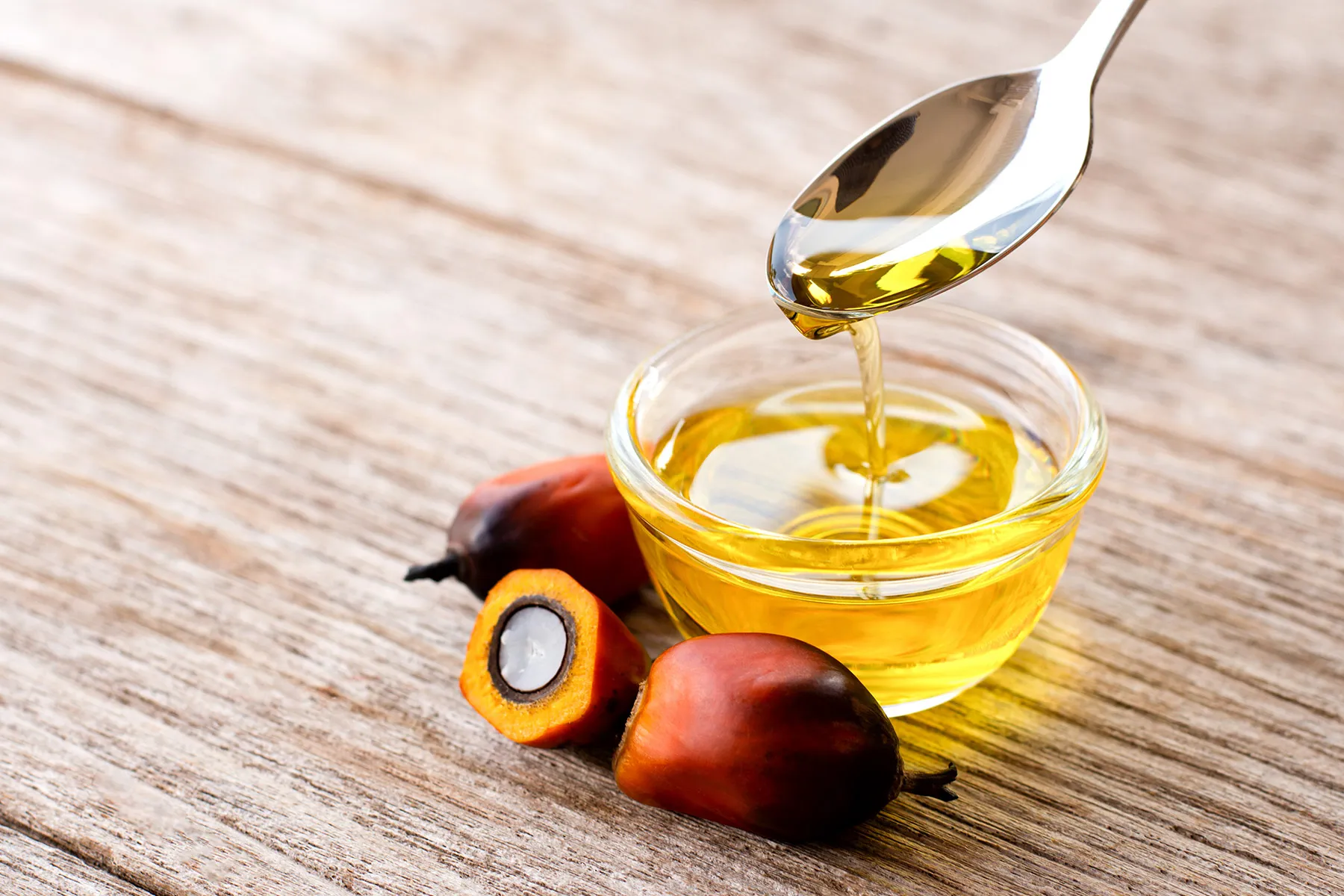Thursday, 13 November 2025

Image Source: WebMD
Cheaper than soy and sunflower oil, palm regains market share as refiners restock ahead of festive season
India’s palm oil imports shot up 61 per cent month-on-month in June to an estimated 953,000 metric tons—the highest in 11 months—as refiners took advantage of a steep price discount versus rival oils and low domestic stocks.
The surge marks a critical inflection in India’s edible oil demand cycle, with palm oil clawing back market share lost to soy and sunflower oil in recent months. Palm oil has been regaining lost market share since last month. It is now nearly $100 per ton cheaper than competing oils.
The import acceleration comes at a strategically important time. With India being the world’s largest buyer of vegetable oils, higher purchases are expected to help ease stockpiles in top producers Indonesia and Malaysia—offering some support to benchmark Malaysian palm oil futures, which have been under pressure.
According to dealers, June also saw a divergence in edible oil flows. Soyoil imports fell 9 per cent month-on-month to 363,000 tons, while sunflower oil rose 18 per cent to 216,000 tons. Palm oil accounted for nearly two-thirds of total edible oil imports, which climbed 30 per cent from May to hit 1.53 million tons—the highest monthly total since November.
The buying spree has put palm oil imports back in focus. During the first seven months of the current marketing year (ending October 2025), India’s average monthly palm oil imports stood at 475,699 tons—significantly below the 750,000-ton monthly average of the previous year. June’s numbers, if sustained, signal a reversal.
Not only are prices attractive, but production is picking up in Indonesia and Malaysia. Refiners are replenishing stocks ahead of the festive season.
India sources most of its palm oil from Indonesia and Malaysia, while soy and sunflower oils are shipped largely from Argentina, Brazil, Ukraine, and Russia. A notable side story is Nepal’s edible oil exports to India, which fell to 75,000 tons in June—less than half of May’s 155,000 tons—following India’s tighter scrutiny of re-exports routed via SAFTA.
With palm oil regaining price leadership and inventories still thin, India’s edible oil trade appears poised for a realignment in the second half of 2025—anchored by affordability, rising demand, and geopolitical sourcing strategies.